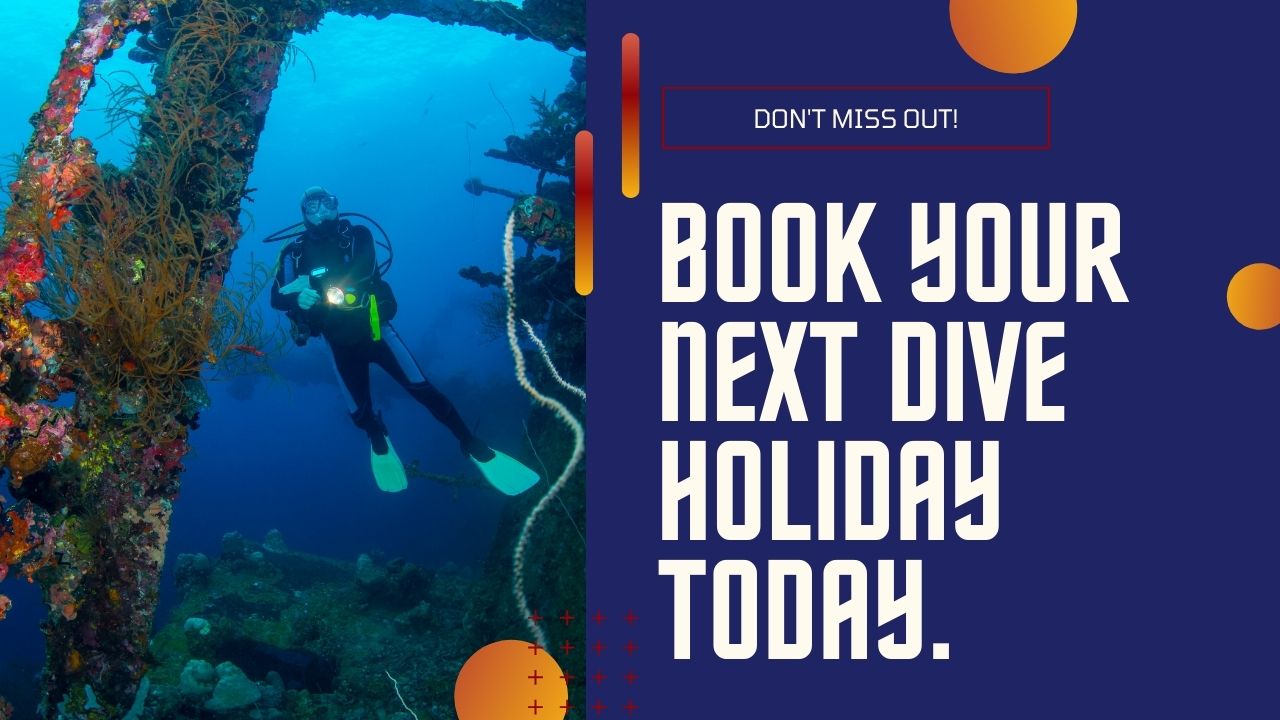You have 0 product(s) in your cart.
Abyss Scuba Diving
10 Stunning And Eco-friendly Diving Destinations
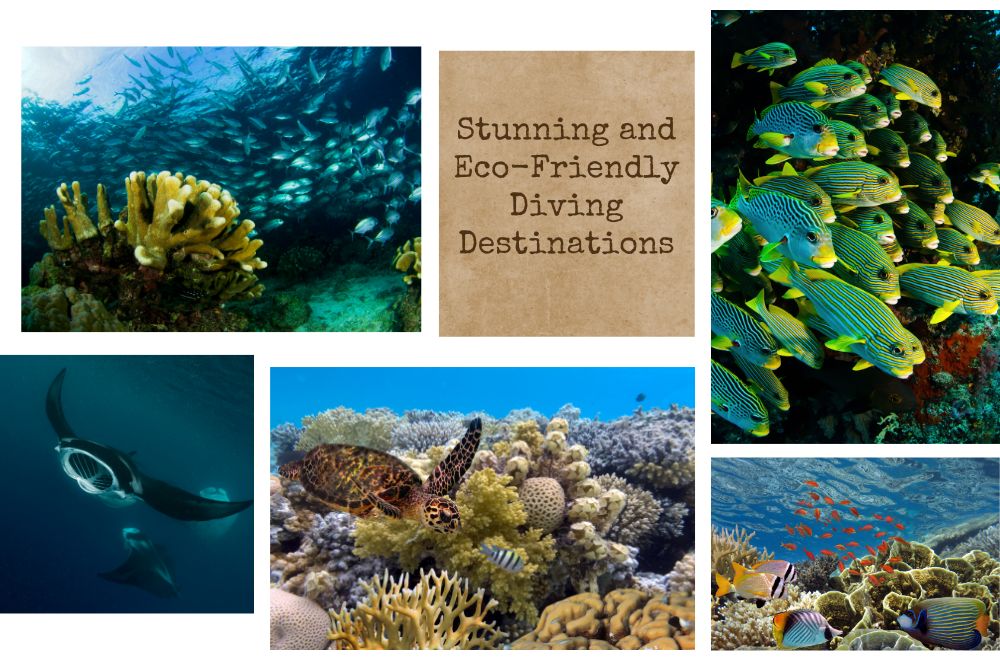
Dive into the Blue: 10 Stunning and Eco-Friendly Diving Destinations
Picture the thrill of diving into the deep blue, heart pounding as you explore a world teeming with vibrant corals and marine life. As scuba enthusiasts, we've all experienced this rush. But have you considered the impact on these ecosystems?
Welcome to eco-friendly diving - a practice that minimizes harm and supports ocean health. It's about understanding and respecting marine ecosystems, avoiding coral contact, and being mindful of our actions.
As dive travellers, we have a responsibility. By supporting eco-friendly diving, we contribute to marine conservation. Sustainable tourism is not just about doing good; it's about immersive experiences, learning from nature, and forming connections.
Let's embark on this journey, exploring stunning eco-friendly diving destinations worldwide. Dive responsibly, explore sustainably, and leave a positive mark on these magnificent underwater realms.
Choosing a Sustainable Diving Location
When it comes to selecting a diving location, one of the critical aspects to consider is its commitment to environmentally responsible tourism practices. As divers, we are responsible for protecting and preserving the underwater environments we enjoy so much. Choosing a location that prioritises sustainability not only helps conserve these precious ecosystems but also enhances our diving experience.
Sustainable diving locations take environmentally responsible actions to minimise their impact on marine life and ecosystems. These actions might include strict regulations about touching or disturbing marine life, limitations on the number of divers per day, and responsible waste management practices.
It's also worth considering the local community's involvement in tourism at potential diving locations. Locations where local communities are involved in and benefit from tourism, tend to be more sustainable, as locals have a vested interest in preserving their environment.
As we continue on our journey exploring some of the world's premier dive sites, let's turn our attention to three locations that exemplify sustainable diving practices: Bonaire National Marine Park, Blue Corner Wall, and Cozumel Reefs National Marine Park. These sites offer unforgettable underwater adventures and a chance to be part of the solution to preserving our oceans for future generations.
Bonaire National Marine Park, Bonaire
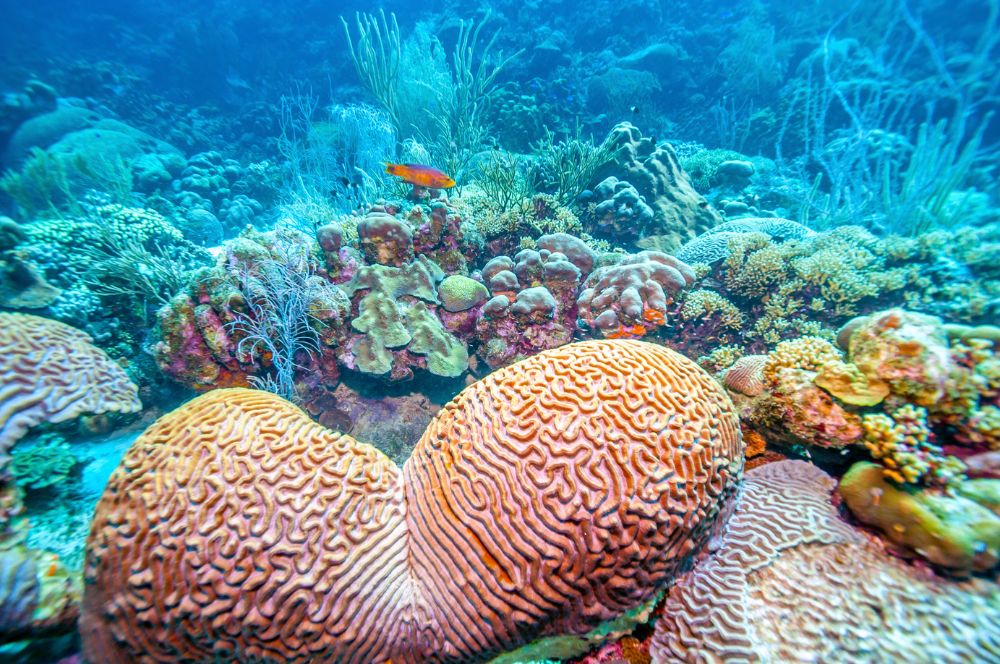
Descending into the crystal-clear waters of Bonaire National Marine Park reveals a world that defies imagination. Vibrant coral reefs, home to over 350 species of fish, create a kaleidoscope of colours. This marine park showcases nature's grandeur, from tiny seahorses hiding amidst corals to graceful sea turtles gliding effortlessly.
Encompassing the entire coastline of Bonaire and its uninhabited islet, Klein Bonaire, the park extends from the high-water mark to a depth of 60 meters, covering an impressive 6672 acres. Coral reefs, seagrass beds, and mangrove forests support the marine ecosystem.
Managed by STINAPA Bonaire, a non-profit foundation, the Bonaire National Marine Park is a conservation and sustainability beacon. Visitors support conservation efforts by paying a nature fee. Funds are used to maintain biodiversity, tackle pollution, and address invasive species.
With over 80 official dive sites, Bonaire National Marine Park promises a unique experience. Whether marvelling at coral patterns, spotting rare fish, or enjoying the tranquillity of the underwater world, each dive contributes to the preservation of this spectacular marine ecosystem.
Blue Corner Wall, Belize
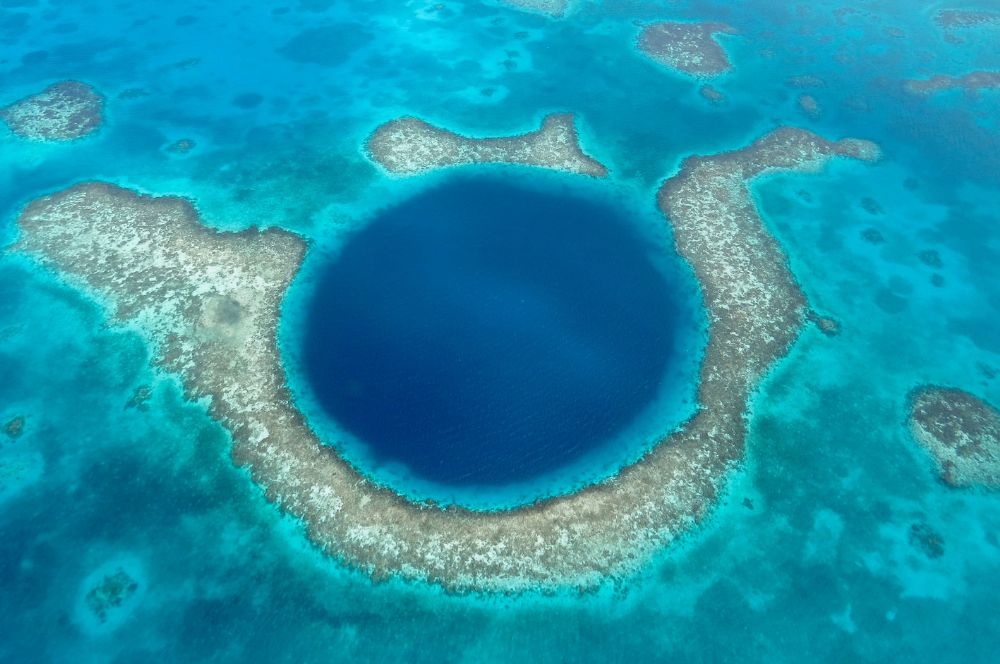
Explore the Caribbean Sea's underwater paradise - the Blue Corner Wall in Belize. With its stunning beauty and vibrant marine life, this dive site is a dream for divers worldwide.
As you descend into crystal-clear waters, be mesmerized by the sheer beauty that unfolds. The Blue Corner Wall is a dramatic vertical drop-off adorned with colourful corals and sponges, creating a vibrant backdrop for diverse marine species.
The marine life here is diverse and abundant, from tropical fish darting between corals to sea turtles and majestic sharks. The Blue Corner Wall is part of the Belize Barrier Reef Reserve System, a UNESCO World Heritage Site committed to marine conservation.
With eco-friendly practices and strict regulations in place, this underwater paradise can thrive for generations. Experience the intricate patterns of corals, spot rare marine creatures, and dive in tranquillity. Your adventure awaits in Belize, preserving one of the world's most spectacular marine ecosystems.
Cozumel Reefs National Marine Park
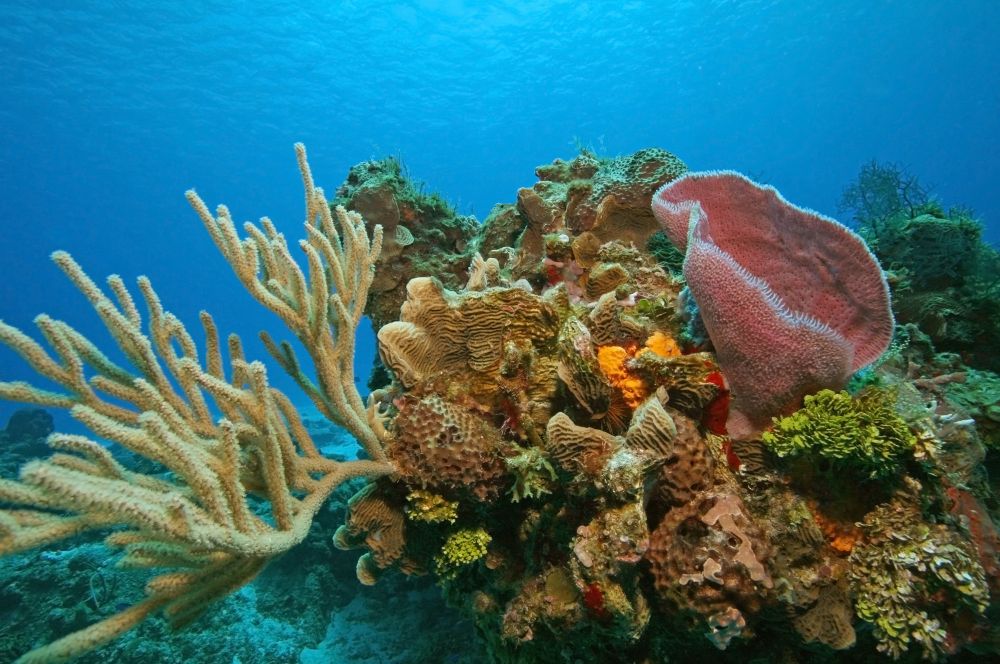
Imagine diving into clear waters, surrounded by colourful fish and stunning coral formations. Welcome to Cozumel Reefs National Marine Park, an underwater paradise off the southern coast of Cozumel, near Mexico's Yucatan Peninsula.
Stretching along 12 kilometres of Mexico's Caribbean coast, this eco-friendly park is home to the second-largest reef system in the world, known as "The Great Western Atlantic Reef Belt" or "Great Mayan Reef". It boasts over 100 coral types and 250 fish species.
Conservation is central to Cozumel Reefs National Marine Park. Established in 1996, the park implements measures such as limiting daily divers, banning marine life collection, and enforcing strict anchoring rules.
Dive operators also promote sustainability by educating divers on the importance of not touching coral and marine life. This ensures future generations can enjoy the park's beauty.
Unique features include 'manta points', where divers can swim alongside majestic manta rays. With dive sites for all experience levels, from shallow reefs to deep walls, this underwater paradise offers endless discoveries.
Choosing the Best of Coral Reefs
Coral reefs are the lifeblood of our oceans, a vivid testament to the diversity and splendour of our planet. They serve as underwater metropolises, hosting around 25 per cent of all marine species, despite occupying a tiny fraction of the ocean floor. Moreover, they act as a crucial barrier protecting our coastlines from the damaging effects of wave action and tropical storms.
Now, let's set our sights on three of the world's most breathtaking coral reefs that are not only visual spectacles but also hotbeds for biodiversity:
The Great Barrier Reef, Australia
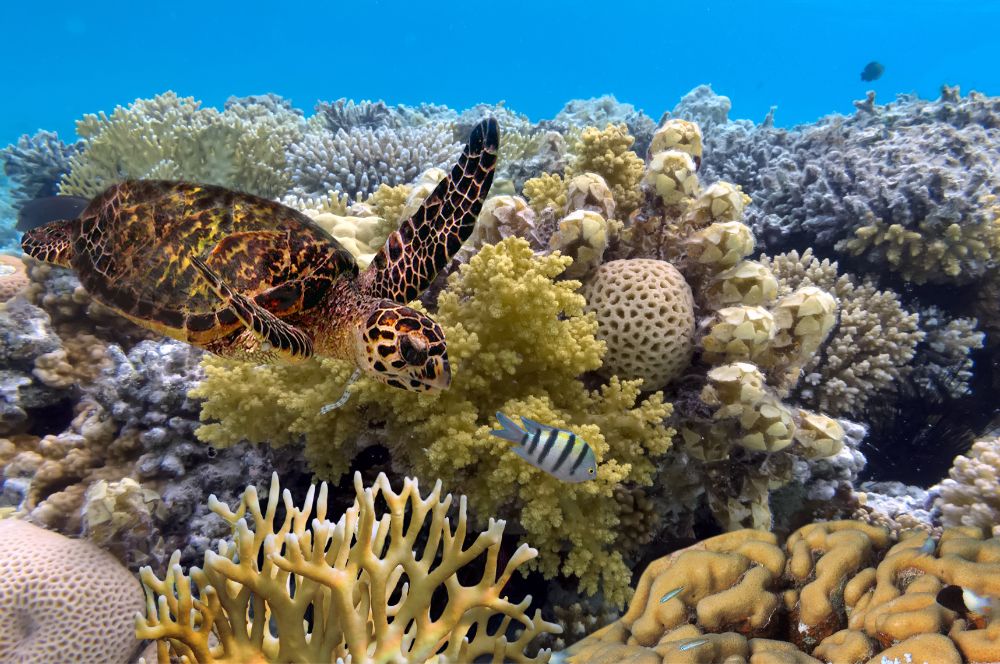
Explore the underwater world of the Great Barrier Reef, the largest coral reef system. With crystal clear waters, vibrant corals, and diverse marine life, this Australian wonder stretches over 2,300 kilometres and can be seen from outer space!
The Great Barrier Reef is a divers' paradise and a conservation beacon. Initiatives like tourism regulations, research programs, and the "Eye on the Reef" project protect this unique ecosystem. Mooring buoys prevent anchor damage, zoning rules manage human use, and visitors contribute valuable information on reef health.
Witness a thriving environment up close. Swim with sea turtles, spot dugongs, and witness humpback whale migration. Countless fish, molluscs, and coral call this reef home, offering unforgettable experiences at each dive site.
Don't forget your underwater camera to capture the stunning beauty of this location. Explore and enjoy the reef responsibly.
Raja Ampat, Indonesia
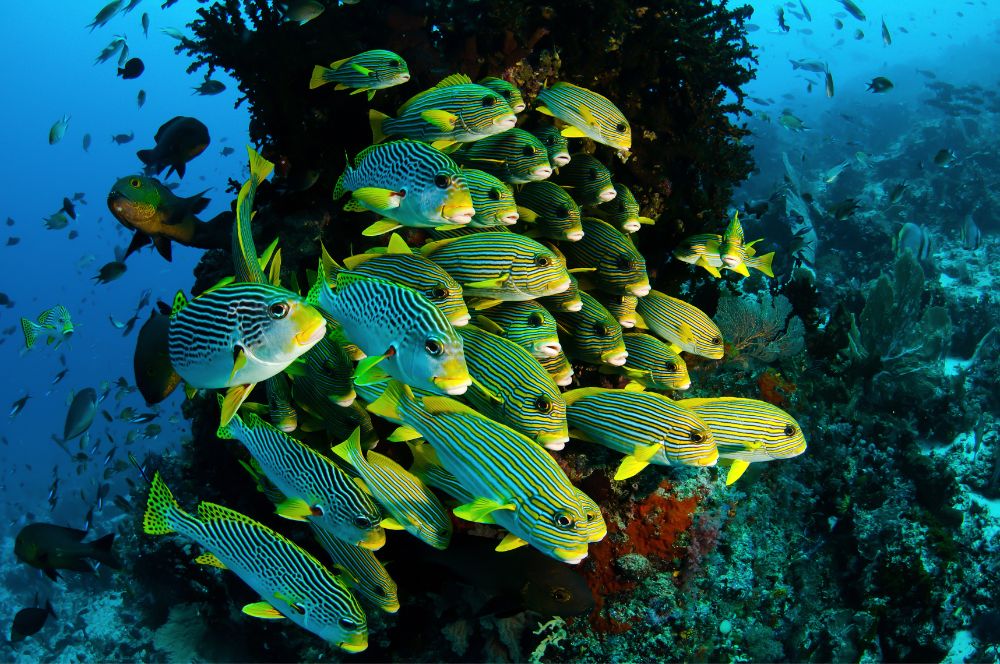
Welcome to Raja Ampat, a world of unrivalled beauty and biodiversity. This Indonesian archipelago, located off the northwest tip of the Bird's Head Peninsula, is a paradise for diving enthusiasts.
Imagine diving into crystal-clear turquoise waters, encountering a vibrant explosion of colours and marine life beneath the surface. In the heart of the Coral Triangle, sprawling coral gardens host a mesmerizing variety of species. From intricately patterned nudibranchs to graceful manta rays, Raja Ampat showcases nature's splendour. Colourful schools of fish dart between corals while sea turtles glide serenely in the currents.
Above water, limestone cliffs adorned with lush greenery and tropical birds create a picturesque backdrop. As the sun sets, the sky paints brilliant shades of orange and purple, casting a magical glow over the islands.
But Raja Ampat is not just about aesthetics; it is a beacon of hope for marine conservation. With protected areas and a commitment to sustainable tourism, the rich biodiversity thrives here.
Diving in Raja Ampat is more than an adventure; it is a journey into a thriving ecosystem where every creature, big and small, contributes to a harmonious underwater symphony. This place truly encapsulates the beauty and diversity of marine life on our planet.
The Red Sea, Egypt
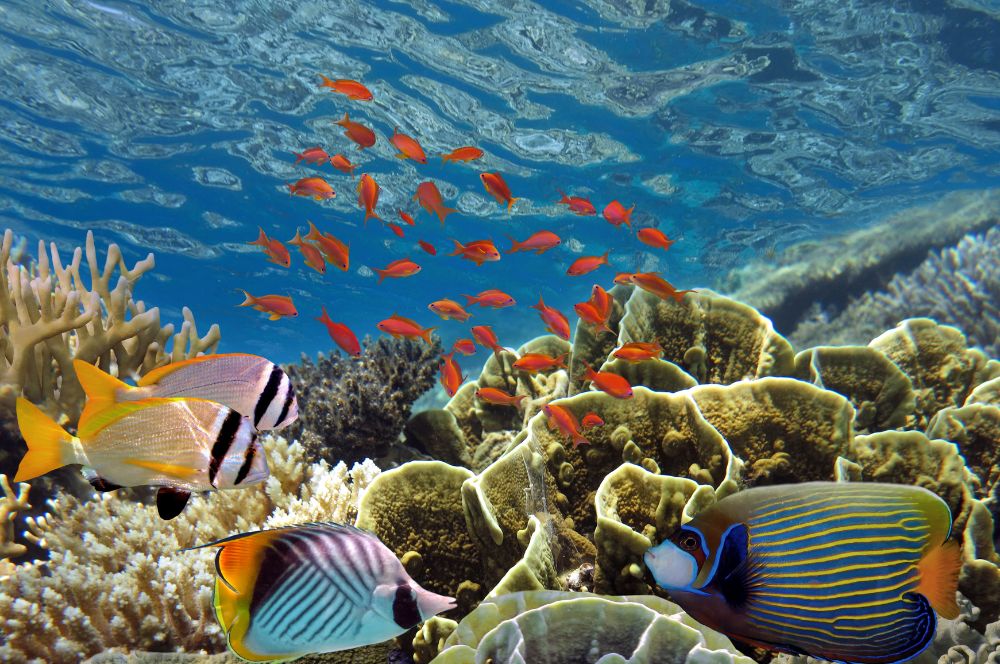
The Red Sea, a diver's paradise, is a stunning and diverse underwater ecosystem. Stretching over 2,000 kilometres along Egypt, Sudan, and Eritrea, it's famous for clear blue waters, vibrant coral reefs, and abundant marine life.
With over 1,200 fish species, including 44 unique to the area, and 200+ coral species, it's a colourful diving experience. Dolphins, turtles, and even whale sharks are commonly spotted.
Conservation efforts are strong, with Marine Protected Areas (MPAs) like Ras Mohammed National Park preserving the delicate ecosystem. Responsible diving and awareness initiatives promote sustainability.
Explore historical shipwrecks, like the famous SS Thistlegorm, an underwater museum teeming with marine life.
From beginners to experienced divers, the Red Sea offers something for everyone. With striking scenery, rich biodiversity, and a commitment to conservation, it's a must-visit for eco-conscious divers. Gear up and dive into the stunning waters of the Red Sea, where every dive is an adventure.
Choosing a Hot Spots For Marine Life
In the vast expanse of the world's oceans, there exist certain hubs teeming with an exceptional abundance of marine life. These hot spots, characterised by their rich biodiversity, unveil an underwater world that is vibrant, dynamic, and awe-inspiring. Let's prepare to dive into three of the planet's most significant marine biodiversity hot spots - Galapagos, Komodo, Palau and Sipadan. Each one, in its own unique way, showcases the splendour of marine life and shares stories of successful conservation. They serve as reminders of the critical role we play in preserving these treasures for future generations. So, strap on your scuba gear and let's embark on an underwater journey like no other.
Galapagos Marine Reserve, Ecuador
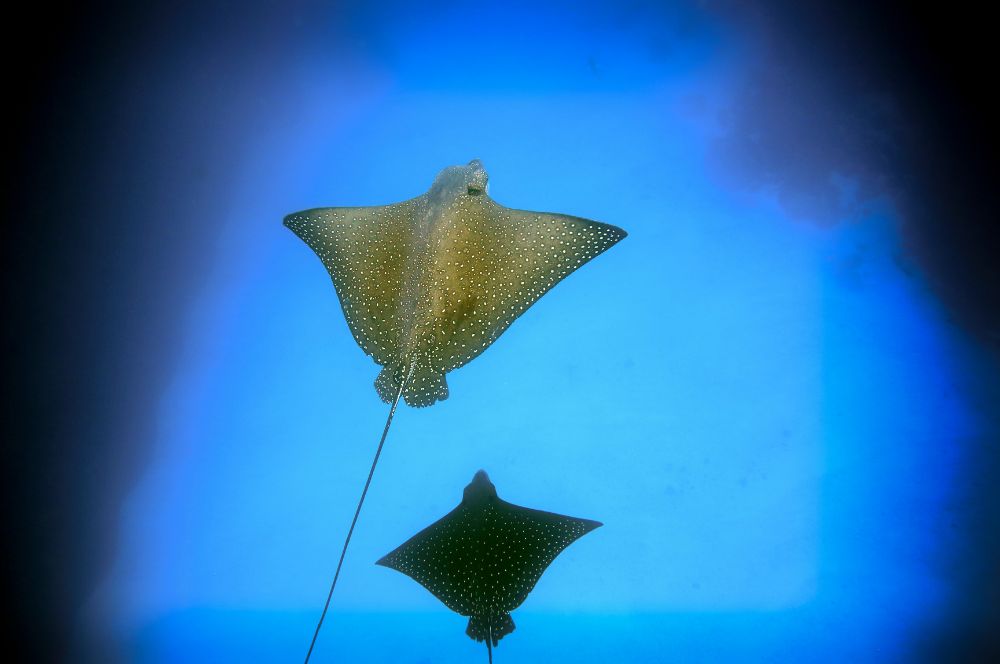
If exploring a vibrant underwater world filled with unique marine life is on your bucket list, then the Galapagos Marine Reserve in Ecuador is a must-visit. Situated at the confluence of three ocean currents, this World Heritage site is one of the most biodiverse marine ecosystems on the planet.
Covering over 133,000 square kilometres of the Pacific Ocean surrounding the Galapagos Archipelago, the reserve nurtures abundant marine life thanks to its nutrient-rich waters influenced by the currents' convergence. Penguins swimming with tropical fish, sea turtles nesting on beaches, and iguanas feeding underwater are common sights.
The Galapagos Marine Reserve prioritizes conservation efforts by restricting commercial fishing, allowing marine life to thrive. This makes it an ideal diving destination for nature enthusiasts seeking an untouched experience. Sustainable tourism practices are promoted, with dive operators following strict guidelines to minimize environmental impact.
With its diverse underwater topography, the reserve offers a range of dive sites suitable for all levels of proficiency. From gently sloping reefs to dramatic walls and underwater volcanoes, the marine life and landscapes are equally diverse.
The Galapagos Marine Reserve is renowned for its "Big 15" – a list of the archipelago's most iconic species. Divers can expect encounters with the endangered Galapagos penguin, playful sea lions, graceful manta rays, and even the elusive hammerhead shark.
Whether you're a novice or a seasoned diver, the Galapagos Marine Reserve promises an unmatched diving experience. Its commitment to conservation and rich biodiversity make it a truly unique and eco-friendly destination that every diver should explore.
Komodo National Park, Indonesia
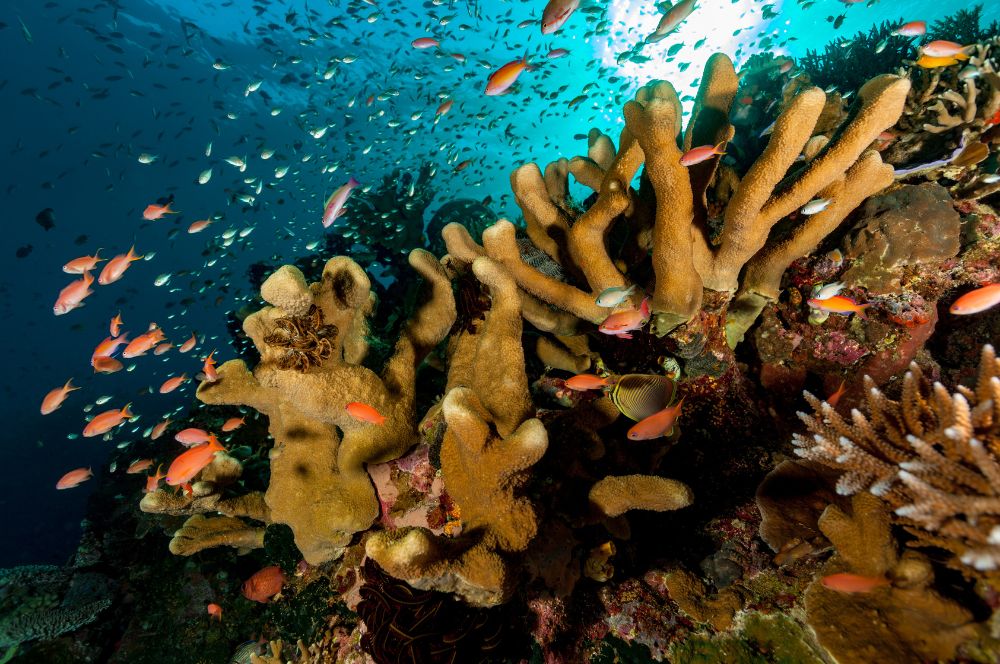
Located in the heart of the Indonesian archipelago, Komodo National Park is a must-visit for diving enthusiasts. This UNESCO World Heritage Site, nestled between Sumbawa and Flores, comprises three major islands - Rinca, Padar, and Komodo - and 26 smaller ones.
The park's aquatic territory is a diver's paradise, with warm, clear waters and unparalleled biodiversity. It boasts over 1,000 fish species, 385 coral species, and large pelagic species like manta rays and sharks.
Since its establishment in 1980, Komodo National Park has been a pioneer in conservation and sustainable practices. Initially created to protect the endangered Komodo dragon, the park's mission has expanded to safeguard its entire ecosystem.
An entrance fee supports these conservation efforts, funding the protection and maintenance of the park's rich biodiversity, combating illegal fishing, and managing the impact of tourism.
Situated at the junction of two continental plates, the park's unique location creates nutrient-rich water, fostering diverse marine life. From tiny seahorses among the corals to graceful manta rays gliding through the blue expanse, Komodo National Park offers unforgettable diving experiences.
Whether exploring vibrant coral gardens or swimming alongside tropical fish schools, every dive here is an adventure. Pack your gear and embark on an underwater journey in one of the world's most stunning, eco-friendly diving destinations.
Sipadan Island, located in Malaysia, is a unique oceanic island rising 600 meters from the seabed. Situated in the Celebes Sea off the east coast of Sabah, Borneo, it is a pinnacle formed by living corals on an extinct volcanic cone.
Regarded as one of the world's top diving sites, Sipadan Island boasts astonishing marine diversity. It is home to over 3,000 fish species and diverse corals waiting to be explored in clear, turquoise waters.
Divers may encounter hawksbill and green turtles, manta rays, schools of barracudas, and whale sharks. The island is also famous for its "turtle tomb," an underwater limestone cave with a labyrinth of tunnels and chambers containing skeletal remains of turtles.
To preserve the environment, the Malaysian government has implemented measures such as limiting daily diving permits and prohibiting overnight stays on the island.
The journey to Sipadan Island typically involves a flight to Tawau, followed by a bus or taxi ride to Semporna, where divers can take a boat to reach the island.
Palau, Micronesia: A Scuba Diver's Paradise
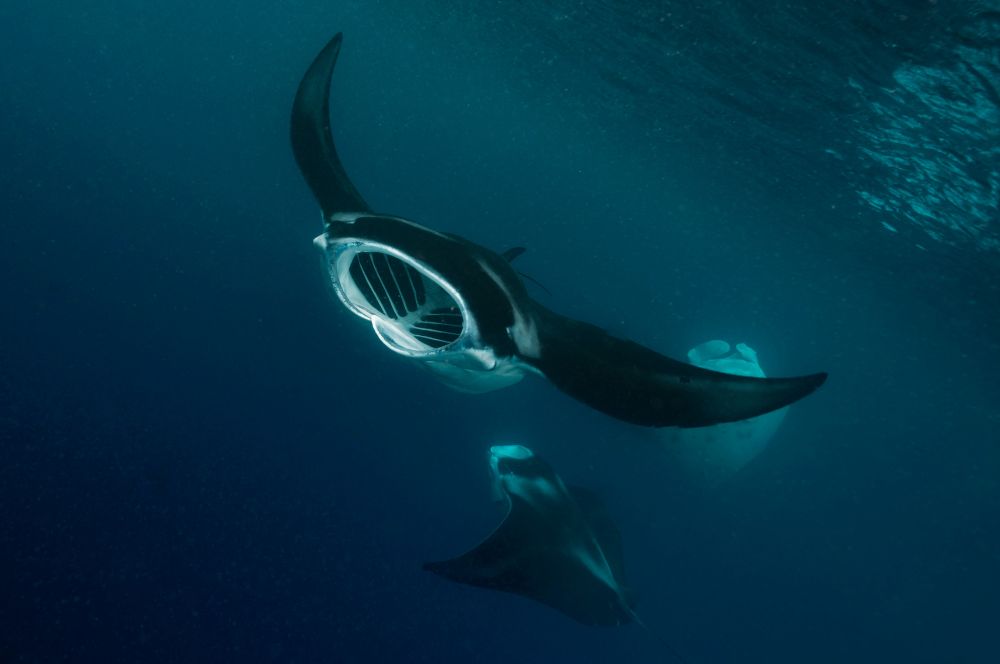
Nestled in the Pacific Ocean, Palau offers extraordinary scuba diving experiences. Renowned for its biodiversity, unspoiled waters, and captivating formations, this Micronesian paradise is a must-visit for diving enthusiasts.
Palau's underwater realm boasts vibrant marine life, with over 1,300 fish species and more than 700 coral species. Descend into the crystal-clear waters and be mesmerized by a kaleidoscope of colours, playful dolphins, majestic manta rays, and small reef fish. Palau's diving landscape includes caves, WWII wrecks, and awe-inspiring sheer walls.
One of Palau's famous attractions is Jellyfish Lake, where visitors can swim among harmless jellyfish. Palau's commitment to conservation is evident through its shark sanctuary and protected marine reserve.
Diving in Palau is possible year-round, with warm water temperatures. Whether you are a novice or a seasoned professional, Palau offers diving experiences for all skill levels. Palau's diving adventures are unforgettable, from spotting rare marine creatures to floating amidst a mesmerizing bloom of jellyfish.
Sipadan Island: Maximum Biodiversity
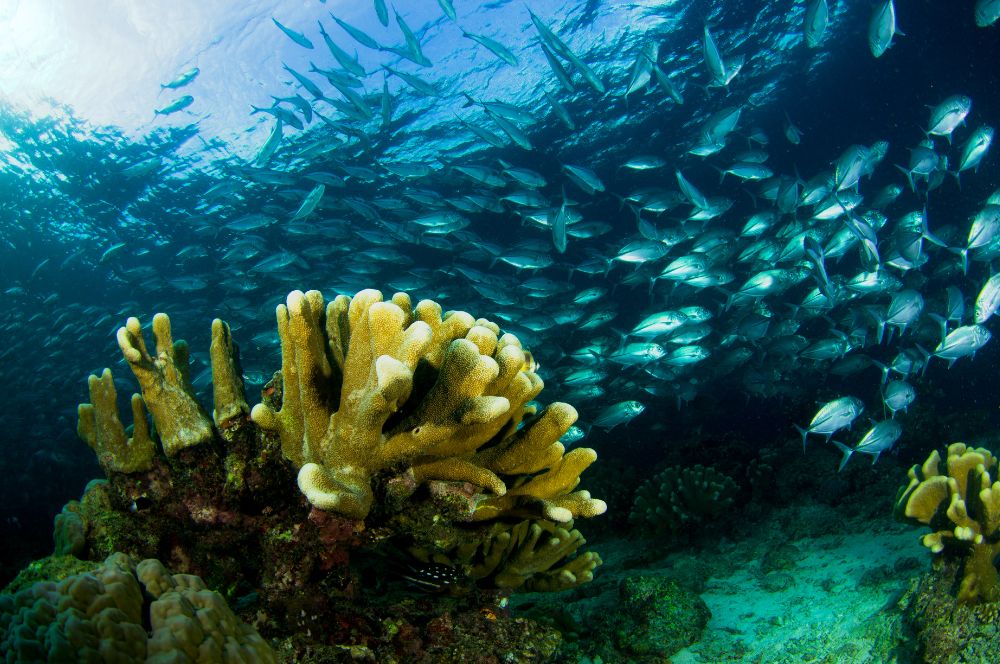
Sipadan Island, located Ultimateoff the coast of Sabah, Borneo, is a world-renowned diving destination. This unique oceanic island, formed by an extinct volcanic cone, features thriving corals that create a majestic vertical wall descending 600 meters into the sea. The island is embraced by clear turquoise waters, offering unparalleled visibility to explore its abundant biodiversity.
Sipadan Island is one of the most biodiverse places on our planet, with over 3,000 fish species and diverse corals. Divers can encounter turtles, manta rays, barracudas, and even whale sharks. The island's "turtle tomb," an underwater limestone cave filled with turtle remains, provides a haunting diving experience.
Conservation is paramount at Sipadan Island. The Malaysian government implements measures to minimize human impact, issuing limited diving permits and prohibiting overnight stays. Dive operators promote responsible behaviours to protect the delicate ecosystem.
Visiting Sipadan Island requires an adventure, with a flight to Tawau, followed by a journey to Semporna and a boat trip to the island. However, the incredible underwater experience is worth the effort.
If you seek an eco-friendly diving spot teeming with unique marine life, choose Sipadan Island, Malaysia—a place where conservation intersects with thrilling adventure.
Dive into a Brighter Future
As we explore these ten stunning and eco-friendly diving spots, one thing is clear: the ocean's beauty is unrivalled but fragile. Divers have the privilege of experiencing this underwater wonderland and the responsibility to protect it for future generations.
From the vibrant coral formations of the Great Barrier Reef to the unique marine biodiversity in the Galapagos Marine Reserve, each location offers a distinct diving experience while emphasizing conservation and sustainability. We enjoy unforgettable underwater adventures and preserve precious ecosystems by choosing eco-friendly destinations.
Responsible diving is crucial. Following guidelines, refraining from touching marine life or corals, and leaving no litter behind make a difference. By respecting these rules, we minimize our impact and help maintain the health of underwater worlds.
But our role extends beyond diving. Supporting local communities, choosing eco-friendly accommodations, and advocating for marine conservation contribute to sustainable tourism.
As we plan our next diving adventure, let's remember that every choice matters. Let's dive into a brighter future by making conscious, sustainable choices. Choose destinations that prioritize conservation, respect the environment while diving, and spread the word about preserving our blue planet.
After all, the ocean takes care of us; let's return the favour. Here's to creating ripples of change, one dive at a time!
DIVE TRAVEL POSTS
-
Dive into Adventure: Uncover a New…
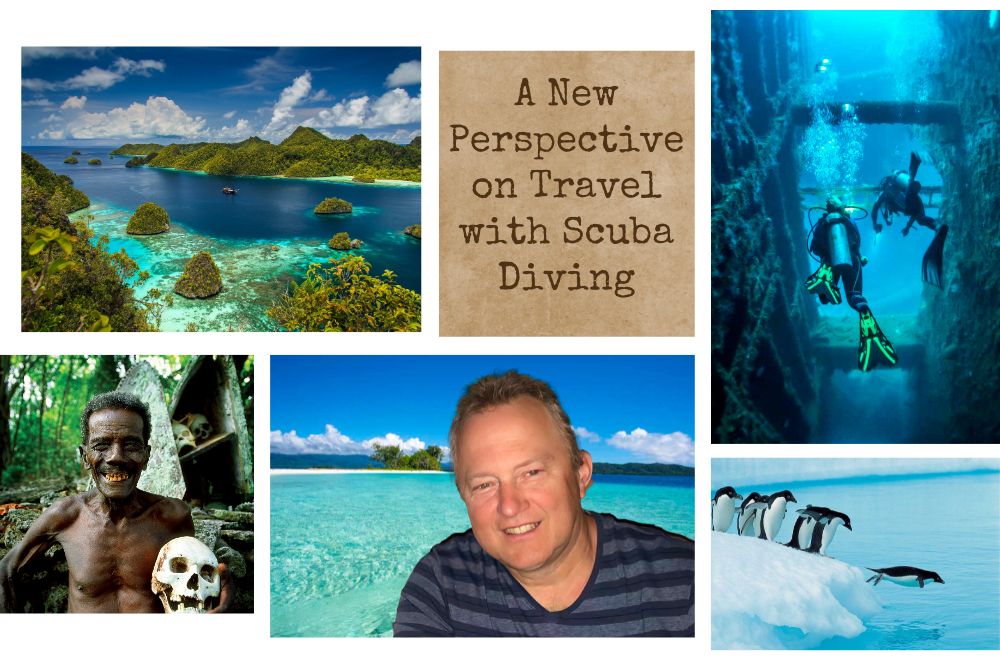
Dive into Adventure:…
Dive into Adventure: A New Perspective on Travel with Scuba Diving If you're looking for a thrilling and […] -
Dive the Great Barrier Reef: Explore…
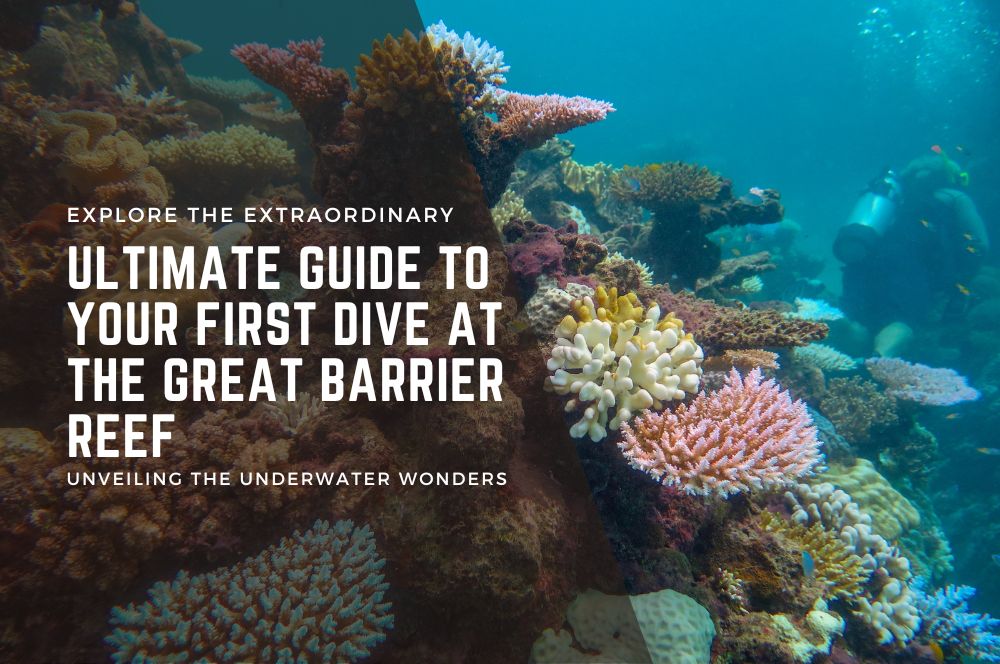
Dive the Great Barrier…
Unforgettable Diving Adventures: Delve into the Depths of the Great Barrier Reef and Discover its Magnificent […] -
My Dream Scuba Diving Adventure: Around…
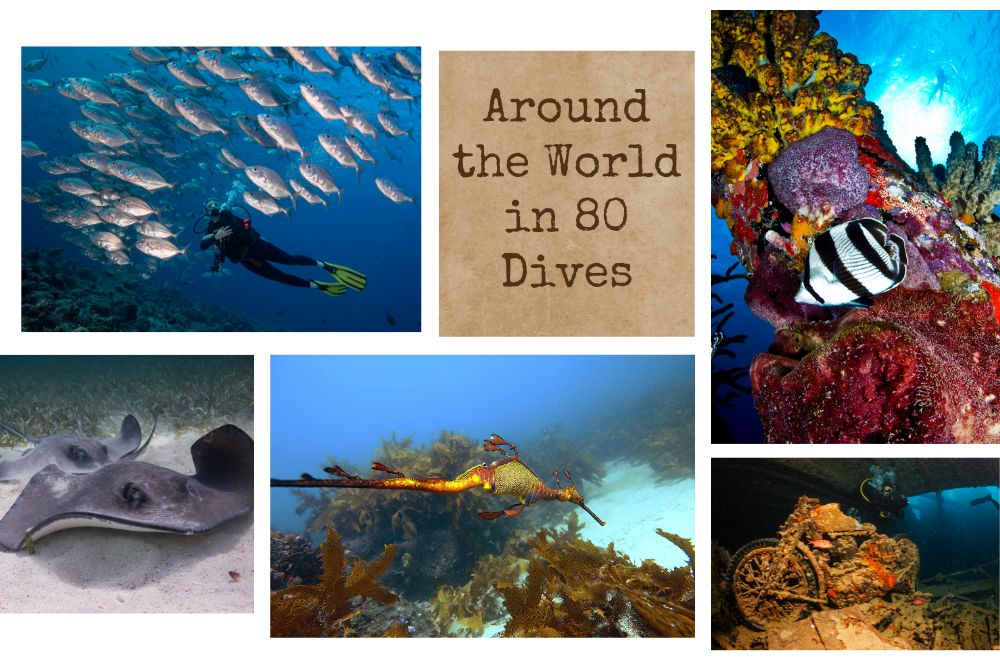
My Dream Scuba Diving…
My Dream Scuba Diving Adventure: Around the World in 80 Dives As a 71-year-old, mad, keen scuba diver, I've […] -
Essential Tips for Refreshing Your…
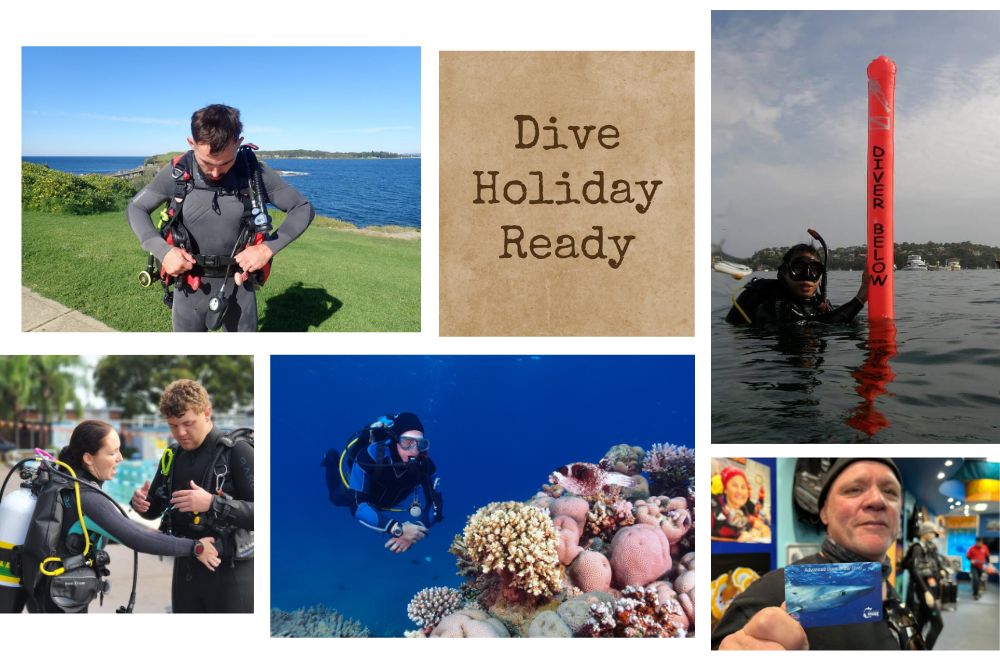
Essential Tips for…
Essential Tips for Your Dive Holiday to Refreshing Diving Skills Imagine your dream dive holiday is just […]
Recent Posts
